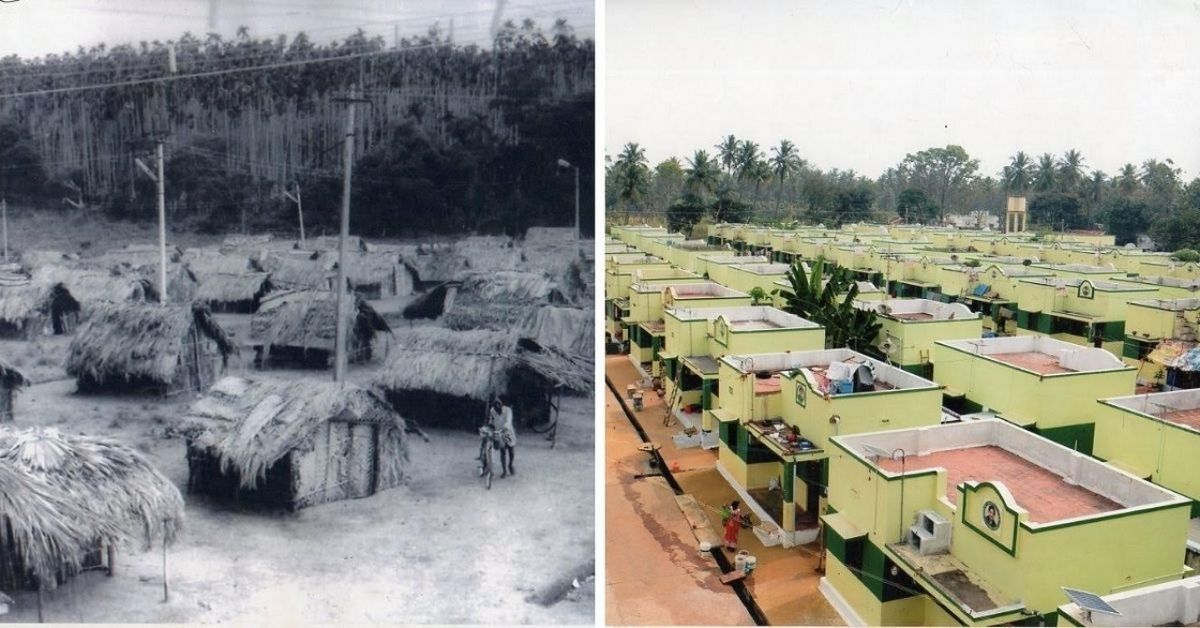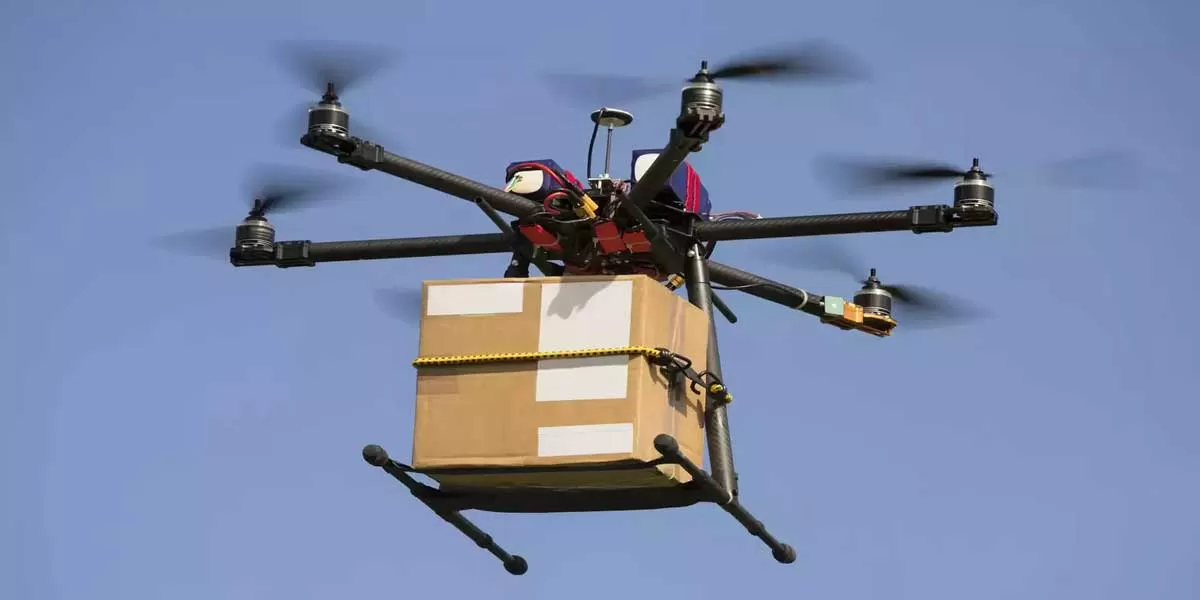Now Reading: Smart Villages in Rajasthan: What’s Actually Changing on Ground?
-
01
Smart Villages in Rajasthan: What’s Actually Changing on Ground?
Smart Villages in Rajasthan: What’s Actually Changing on Ground?

With the aim of bridging the rural-urban divide, Rajasthan has begun transforming select villages into “smart villages” equipped with digital infrastructure, improved sanitation, and better public services. While the concept holds promise, questions remain about what’s truly changing on the ground and whether it’s reaching the last mile — especially in the state’s remote and semi-arid regions.
So, are smart villages in Rajasthan living up to the promise, or is it just a buzzword?
What Is a Smart Village?
A smart village goes beyond just internet access or digital tools. It focuses on holistic development — including clean drinking water, solar-powered lighting, digital classrooms, e-health services, and waste management systems.
In Rajasthan, the idea is being piloted in stages. Panchayats, local NGOs, and government agencies are involved in identifying gaps and implementing solutions.
Visible Changes on the Ground
In several villages, basic digital infrastructure has been introduced. Some schools now use smart boards and e-learning modules. Common Service Centres (CSCs) have helped locals access government documents, pay bills, and apply for schemes without travelling to nearby towns.
Street lights powered by solar energy, better waste segregation systems, and installation of CCTV cameras in public areas have added a sense of safety and order in some communities.
Farmers in certain districts are being trained to use mobile apps for weather updates and market prices, helping them make informed decisions.
Tier 2 Cities and Rural Connectivity
Rajasthan’s Tier 2 cities like Udaipur, Ajmer, and Kota are acting as support hubs for nearby smart villages. These cities help provide technical know-how, youth migration channels, and digital service providers that can plug into the needs of rural areas.
This integration is gradually changing how rural populations access healthcare, education, and employment — although the pace of adoption still varies.
Challenges and Ground Realities
Despite the optimism, not all villages report uniform progress. Some localities face regular internet outages or power supply issues. Digital illiteracy remains a concern, especially among older residents and women, limiting the impact of online services.
In drought-prone areas, water scarcity continues to overshadow other development efforts. In such cases, basic needs often take priority over digital ambitions.
Moreover, community engagement is uneven. Some panchayats take active ownership of the process, while others depend heavily on external agencies, making long-term sustainability a challenge.
A Mixed Picture, but Hope Remains
The transformation of villages in Rajasthan into smart hubs is a work in progress. On paper, the changes look promising, but on the ground, success varies from one village to another.
What stands out is that even incremental improvements — a working streetlight, a digital health kiosk, or an online school session — can make a visible difference in people’s lives.
As more resources and attention flow toward rural tech-driven growth, the hope is that smart villages will not just be smart in infrastructure, but also in inclusivity and long-term impact.

























